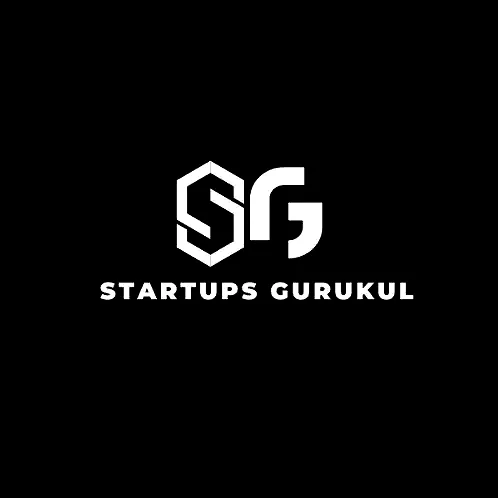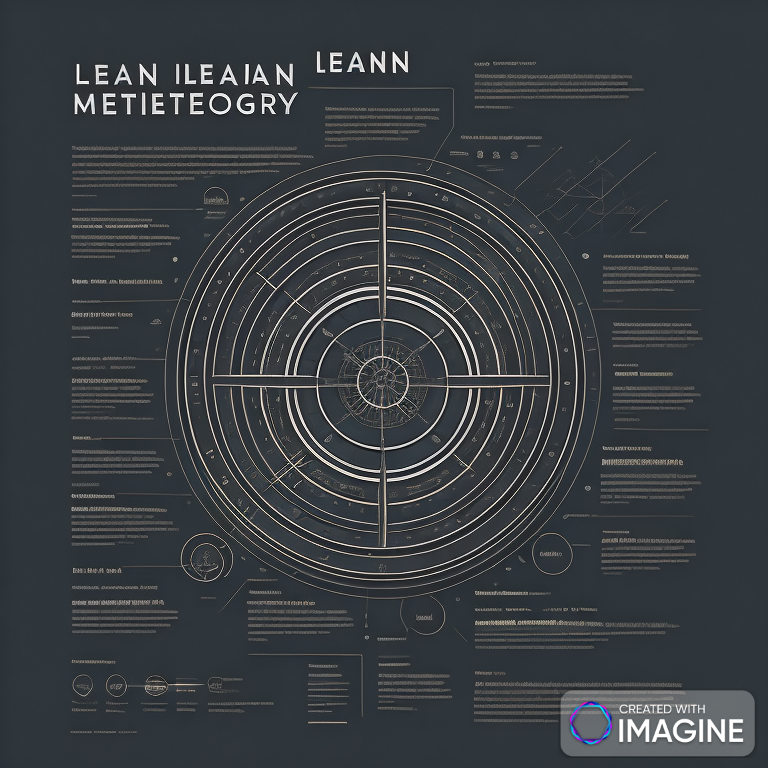Introduction:
In the dynamic landscape of project management and product development, Lean methodologies have emerged as a popular framework for achieving efficiency and innovation. However, like any approach, Lean methodologies come with their own set of advantages and challenges. In this blog post, we will delve into the benefits and drawbacks of using Lean methodologies, shedding light on how organizations can navigate this framework to optimize their processes.
Benefits of Lean Methodologies:
1. Increased Efficiency:
- One of the primary advantages of Lean methodologies is the focus on eliminating waste and optimizing processes. By streamlining workflows and reducing unnecessary steps, organizations can achieve higher levels of efficiency, leading to faster project delivery and reduced costs.
2. Enhanced Customer Satisfaction:
- Lean methodologies emphasize understanding and meeting customer needs. By continuously incorporating customer feedback and preferences, organizations can create products and services that better align with customer expectations, ultimately increasing satisfaction and loyalty.
3. Continuous Improvement Culture:
- A core principle of Lean is the commitment to continuous improvement. Teams are encouraged to regularly assess their processes, identify areas for enhancement, and implement changes. This iterative approach fosters a culture of adaptability and innovation within the organization.
4. Optimized Resource Utilization:
- Lean methodologies promote the efficient use of resources by focusing on what adds value to the customer. This optimization minimizes resource waste, leading to cost savings and a more sustainable approach to project execution.
5. Flexibility and Adaptability:
- Lean methodologies are inherently flexible, allowing organizations to respond quickly to changes in market conditions or customer requirements. This adaptability is crucial in industries where agility and responsiveness are paramount.
6. Improved Team Collaboration:
- Lean methodologies encourage cross-functional collaboration and communication. By breaking down silos and promoting teamwork, organizations can enhance the overall efficiency of their processes, leading to a more cohesive and united workforce.
7. Shortened Time-to-Market:
- Through the elimination of non-value-adding activities and the emphasis on rapid iterations, Lean methodologies contribute to a reduced time-to-market. This is particularly advantageous in industries where speed is a critical factor for competitiveness.
8. Enhanced Quality Control:
- Continuous improvement practices in Lean methodologies extend to quality control. By regularly assessing and refining processes, organizations can identify and address potential quality issues early in the development cycle, resulting in higher-quality outputs.
9. Resource Flexibility:
- Lean methodologies enable organizations to adapt their resource allocation based on project needs. This flexibility allows for the efficient deployment of resources to areas where they are most needed, optimizing workforce productivity.
10. Customer-Centric Innovation:
- Lean methodologies emphasize understanding customer value. This customer-centric approach not only improves customer satisfaction but also fosters a culture of innovation, encouraging organizations to develop products and features that directly address customer needs and preferences.
11. Greater Employee Empowerment:
- Lean methodologies promote a culture of empowerment by decentralizing decision-making. Team members are often encouraged to take ownership of their work, fostering a sense of responsibility and engagement.
12. Reduced Work in Progress (WIP):
- By limiting the amount of work in progress at any given time, Lean methodologies prevent teams from becoming overloaded. This focus on WIP helps maintain a steady workflow, preventing bottlenecks and improving overall productivity.
13. Enhanced Predictability:
- Through the use of visual management tools like Kanban boards, Lean methodologies provide a clear and visual representation of work progress. This transparency enhances predictability, allowing teams to better anticipate and manage project timelines.
14. Encouragement of Innovation:
- While Lean focuses on efficiency, it also encourages innovation. The emphasis on continuous improvement fosters an environment where teams are motivated to experiment with new ideas and technologies to enhance processes.
15. Increased Customer Loyalty:
- Lean methodologies, with their emphasis on delivering customer value, contribute to higher levels of customer satisfaction and loyalty. Satisfied customers are more likely to become advocates for the product or service, contributing to long-term success.
Drawbacks of Lean Methodologies:
1. Challenges in Implementation:
- Successfully implementing Lean methodologies requires a cultural shift within an organization. Resistance to change, lack of employee buy-in, and entrenched traditional practices can pose significant challenges to the effective adoption of Lean principles.
2. Overemphasis on Short-Term Goals:
- The focus on short-term goals and quick iterations may sometimes result in overlooking long-term strategic planning. Organizations may find it challenging to balance immediate needs with a broader, future-oriented perspective.
3. Limited Applicability in Complex Projects:
- Lean methodologies may not be well-suited for highly complex projects that involve extensive research and development. The simplicity of Lean may oversimplify the intricacies of certain projects, leading to suboptimal outcomes.
4. Risk of Understaffing:
- Lean methodologies often involve reducing excess resources to enhance efficiency. However, organizations must be cautious not to cut resources to the point of under-staffing, as this can jeopardize project timelines and quality.
5. Dependency on Data Accuracy:
- Lean methodologies heavily rely on accurate data for decision-making. If data is inaccurate or incomplete, it can lead to misguided decisions and hinder the effectiveness of Lean processes.
6. Lack of Standardization:
- In some cases, Lean methodologies may lead to a lack of standardized processes. While flexibility is essential, a complete absence of standardized practices can result in inconsistencies and difficulties in scaling processes across different teams or projects.
7. Resistance to Change:
- Employees may resist the cultural shift that comes with the adoption of Lean methodologies. Overcoming resistance requires effective change management strategies, clear communication, and a commitment from leadership to support and guide the organization through the transition.
8. Inadequate Focus on Creativity:
- The emphasis on efficiency and elimination of waste might unintentionally stifle creativity. In creative or innovative projects, a rigid adherence to Lean principles may hinder the exploration of unconventional ideas and solutions.
9. Risk of Burnout:
- The relentless pursuit of efficiency may lead to an overemphasis on productivity, potentially resulting in burnout among team members. Organizations must be mindful of maintaining a healthy work-life balance while implementing Lean methodologies.
10. Dependency on Continuous Feedback:
- Lean methodologies rely heavily on continuous feedback loops for improvement. If organizations fail to establish effective feedback mechanisms or neglect to act upon the feedback received, it can impede the continuous improvement cycle.
11. Incompatibility with Complex Projects:
- Highly complex projects, especially those with uncertain requirements, may not align well with Lean methodologies. The simplicity of Lean may struggle to accommodate the intricate and evolving nature of certain projects.
12. Potential for Overemphasis on Metrics:
- Lean methodologies often involve the use of key performance indicators (KPIs) to measure efficiency. However, a potential drawback is the overemphasis on metrics, which might lead to tunnel vision, neglecting qualitative aspects and long-term strategic goals.
13. Risk of Under-Valuing Employee Expertise:
- In an effort to standardize processes, Lean methodologies may undervalue the expertise and insights of individual employees. It’s crucial to strike a balance between standardized procedures and recognizing the unique contributions of team members.
14. Limited Application in Creative Industries:
- Lean methodologies may not seamlessly integrate with creative industries such as design or content creation. These fields often require more fluid processes, and a rigid application of Lean principles may stifle the creative process.
15. Potential for Short-Term Focus:
 methodologies, being iterative and focused on short cycles, might encourage a myopic view of project goals. Organizations must balance the short-term focus with a long-term strategic vision to ensure sustained success.
methodologies, being iterative and focused on short cycles, might encourage a myopic view of project goals. Organizations must balance the short-term focus with a long-term strategic vision to ensure sustained success.
Striking the Right Balance:
The success of implementing Lean methodologies lies in understanding that they are not a one-size-fits-all solution. Organizations should customize their approach, blending Lean principles with elements that suit their unique context. By recognizing the multifaceted nature of benefits and drawbacks, and tailoring Lean methodologies accordingly, organizations can strike the right balance for sustained success and continuous improvement.







